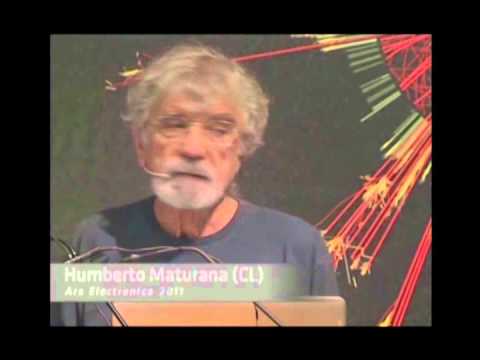May 14, 2012
Consideration for Sub-Millisecond Pulsars (or the Lack Thereof)
Posted by Tom Kerwick in categories: existential risks, particle physics, physics, space
On a casual read of the appraised work of Duncan R. Lorimer on Binary and Millisecond Pulsars (2005) last week, I noted the reference to the lack of pulsars with P < 1.5 ms. It cites a mere suggestion that this is due to gravitational wave emission from R-mode instabilities, but one has not offered a solid reason for such absence from our Universe. As the surface magnetic field strength of such would be lower (B ∝ (P ˙P )^(1÷2)) than other pulsars, one could equally suggest that the lack of sub millisecond pulsars is due to their weaker magnetic fields allowing CR impacts resulting in stable MBH capture… Therefore if one could interpret that the 108 G field strength adopted by G&M is an approximate cut-off point where MBH are likely to be captured by neutron stars, then one would perhaps have some phenomenological evidence that MBH capture results in the destruction of neutron stars into black holes. One should note that more typical values of observed neutron stars calculate a 1012 G field, so that is a 104 difference from the borderline-existence cases used in the G&M analysis (and so much less likely to capture). That is not to say that MBH would equate to a certain danger for capture in a planet such as Earth where the density of matter is much lower — and accretion rates much more likely to be lower than radiation rates — an understanding that is backed up by the ‘safety assurance’ in observational evidence of white dwarf longevity. However, it does take us back to question — regardless of the frequently mentioned theorem here on Lifeboat that states Hawking Radiation should be impossible — Hawking Radiation as an unobserved theoretical phenomenon may not be anywhere near as effective as derived in theoretical analysis regardless of this. This oft mentioned concern of ‘what if Hawking is wrong’ of course is endorsed by a detailed G&M analysis which set about proving safety in the scenario that Hawking Radiation was ineffective at evaporating such phenomenon. Though doubts about the neutron star safety assurance immediately makes one question how reliable are the safety assurances of white dwarf longevity – and my belief has been that the white dwarf safety assurance seems highly rational (as derived in a few short pages in the G&M paper and not particularly challenged except for the hypothesis that they may have over-estimated TeV-scale MBH size which could reduce their likelihood of capture). It is quite difficult to imagine a body as dense as a white dwarf not capturing any such hypothetical stable MBH over their lifetime from CR exposure – which validates the G&M position that accretion rates therein must be vastly outweighed by radiation rates, so the even lower accretion rates on a planet such as Earth would be even less of a concern. However, given the gravity of the analysis, those various assumptions on which it is based perhaps deserves greater scrutiny, underscored by a concern made recently that 20% of the mass/energy in current LHC collisions are unaccounted for. Pulsars are often considered one of the most accurate references in the Universe due to their regularity and predictability. How ironic if those pulsars which are absent from the Universe also provided a significant measurement. Binary and Millisecond Pulsars, D.R. Lorimer: http://arxiv.org/pdf/astro-ph/0511258v1.pdf


 Famous Chilean philosopher Humberto Maturana describes “certainty” in science as subjective emotional opinion and astonishes the physicists’ prominence. French astronomer and “Leonardo” publisher Roger Malina hopes that the LHC safety issue would be discussed in a broader social context and not only in the closer scientific framework of CERN.
Famous Chilean philosopher Humberto Maturana describes “certainty” in science as subjective emotional opinion and astonishes the physicists’ prominence. French astronomer and “Leonardo” publisher Roger Malina hopes that the LHC safety issue would be discussed in a broader social context and not only in the closer scientific framework of CERN.








